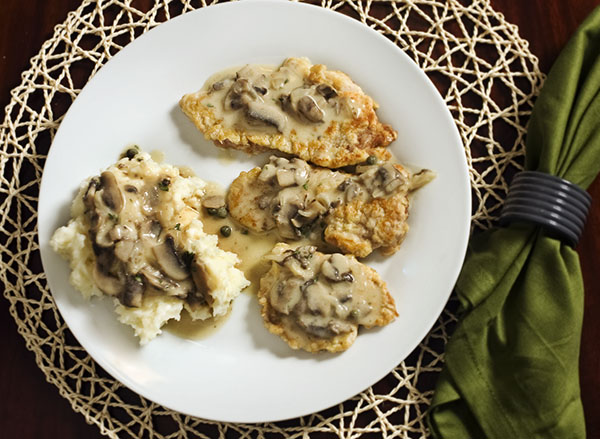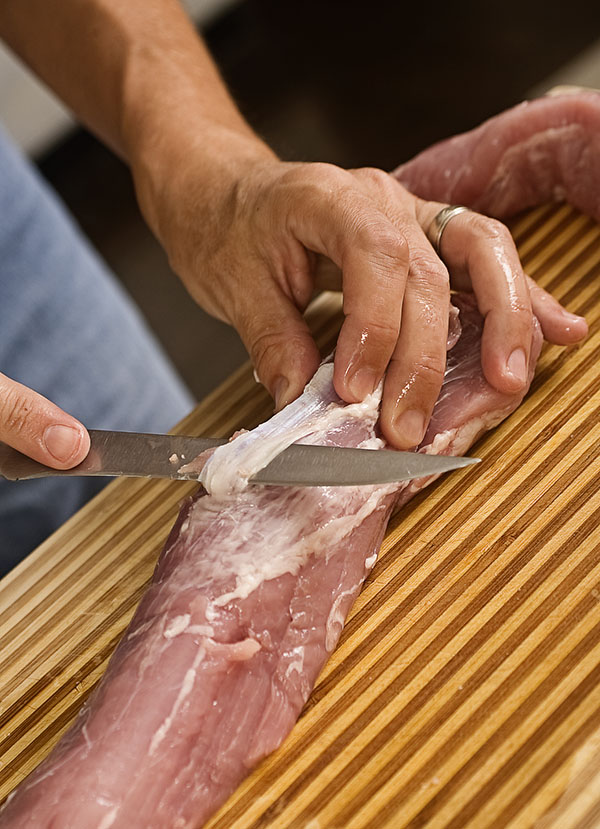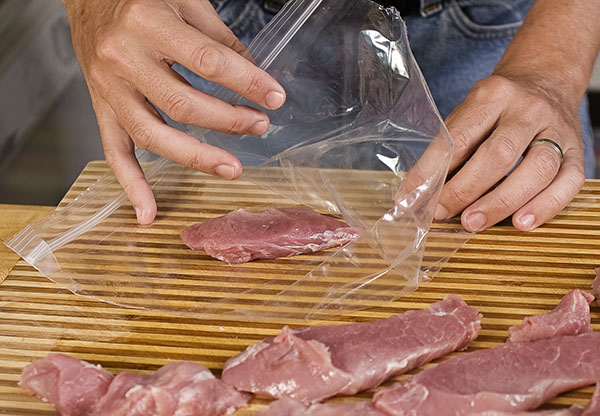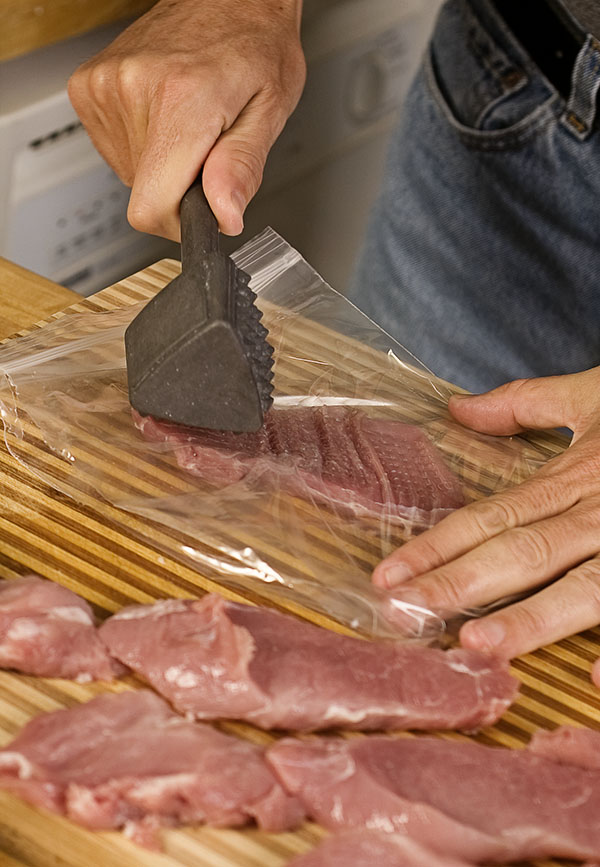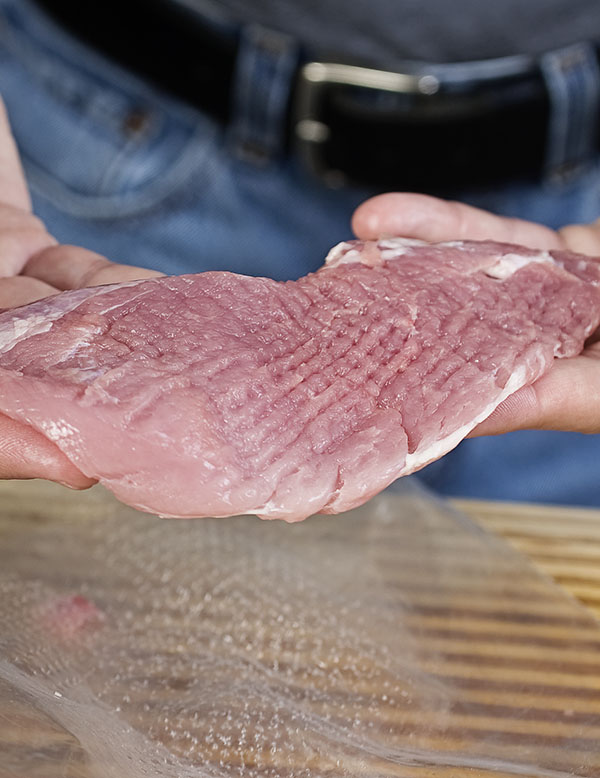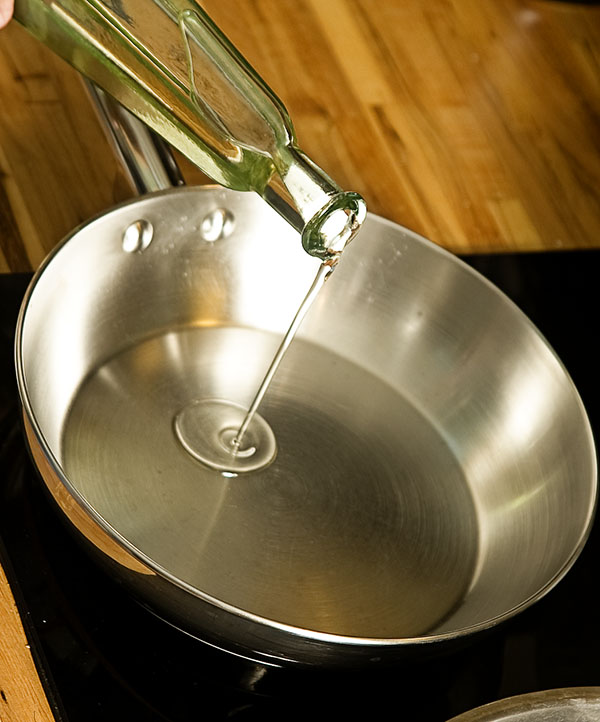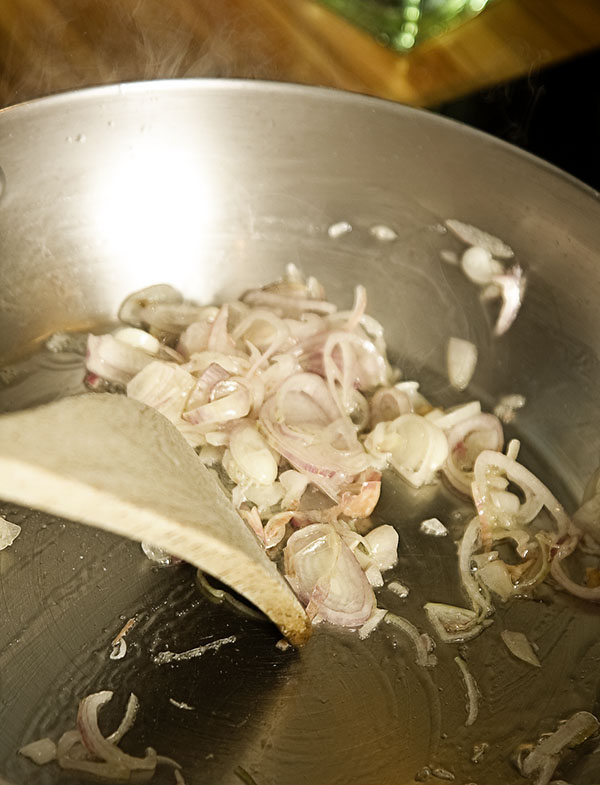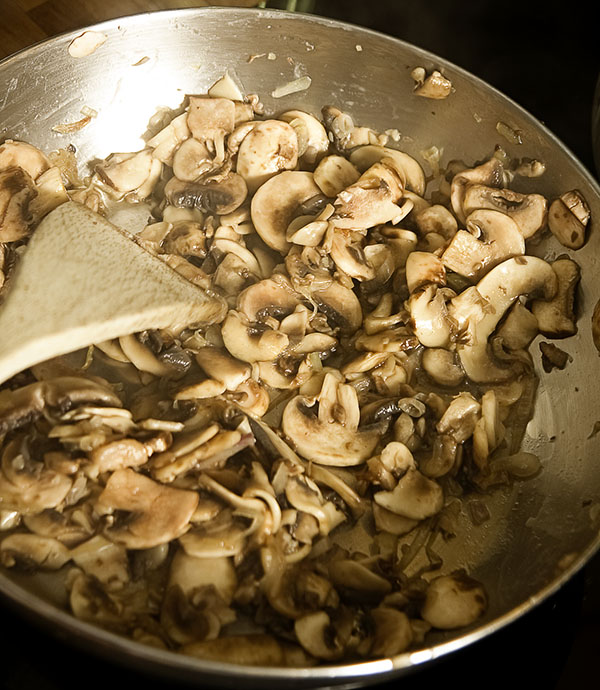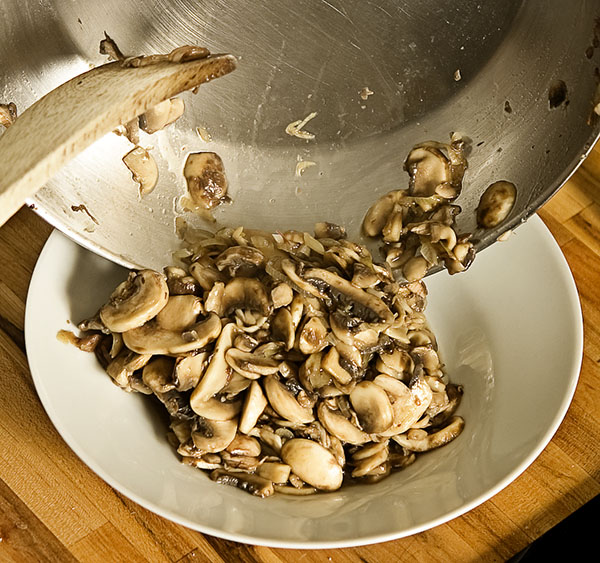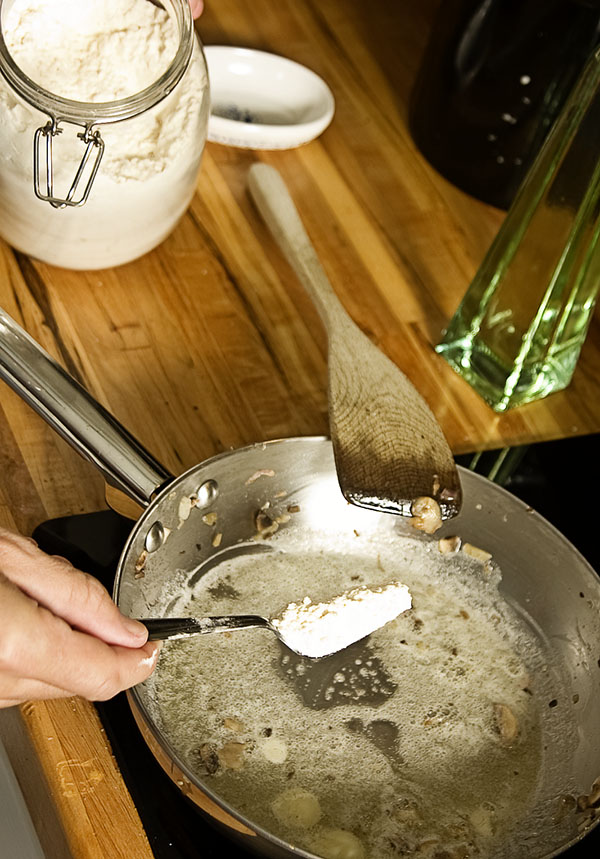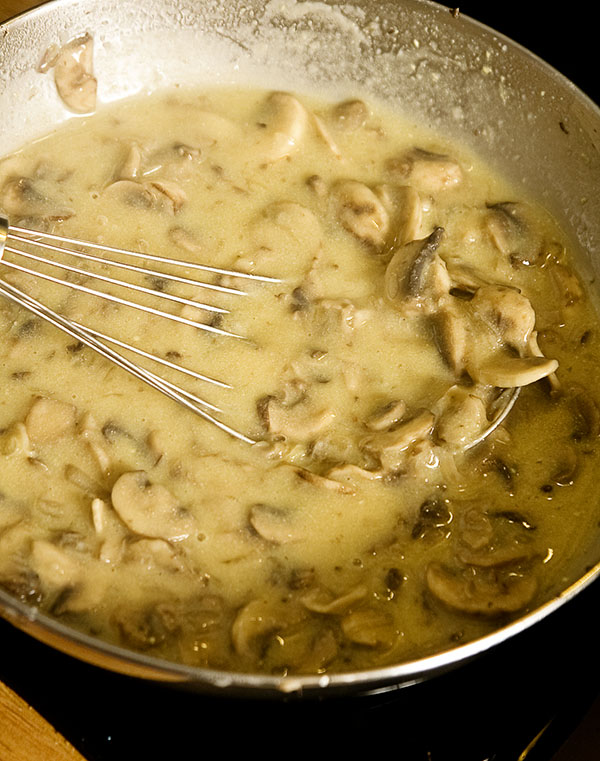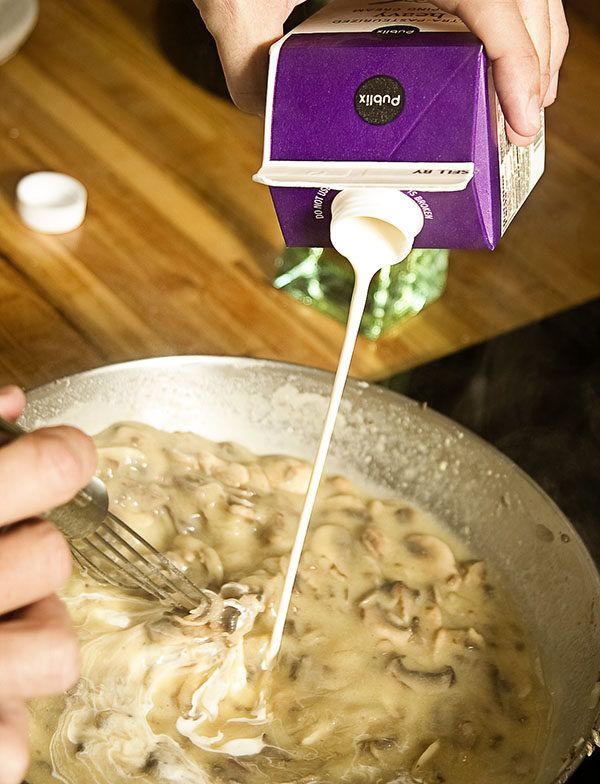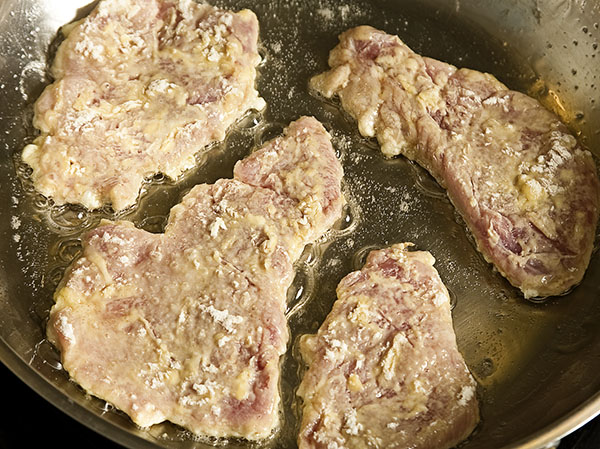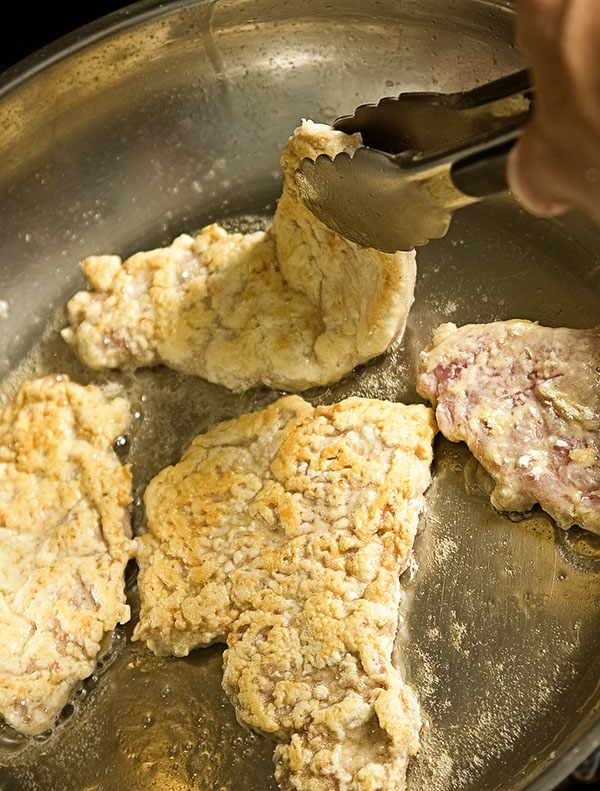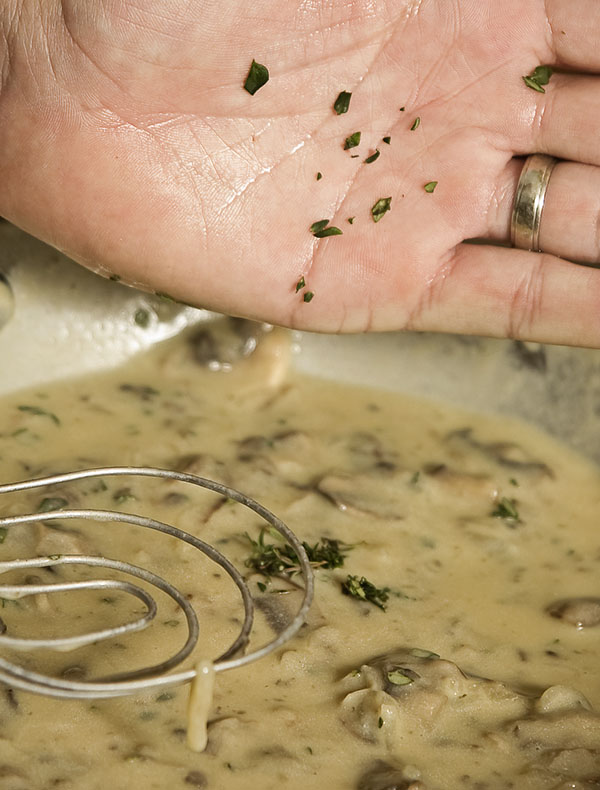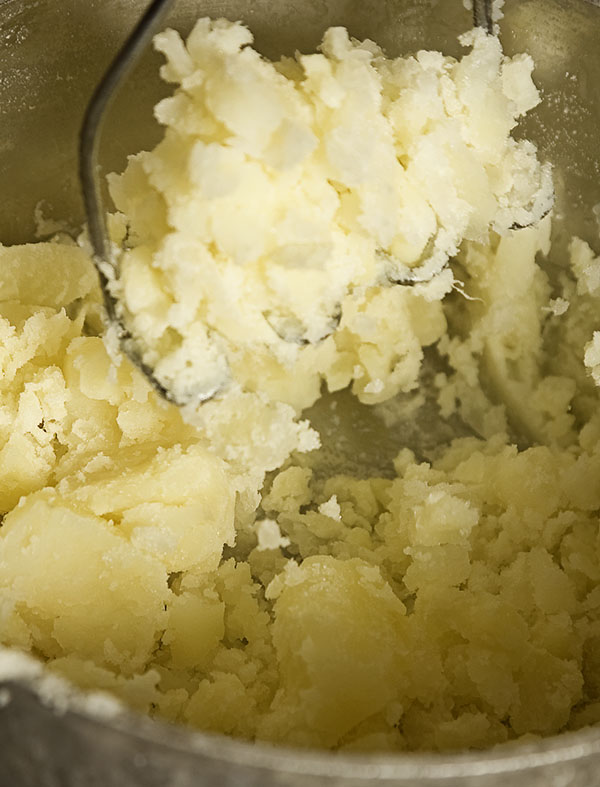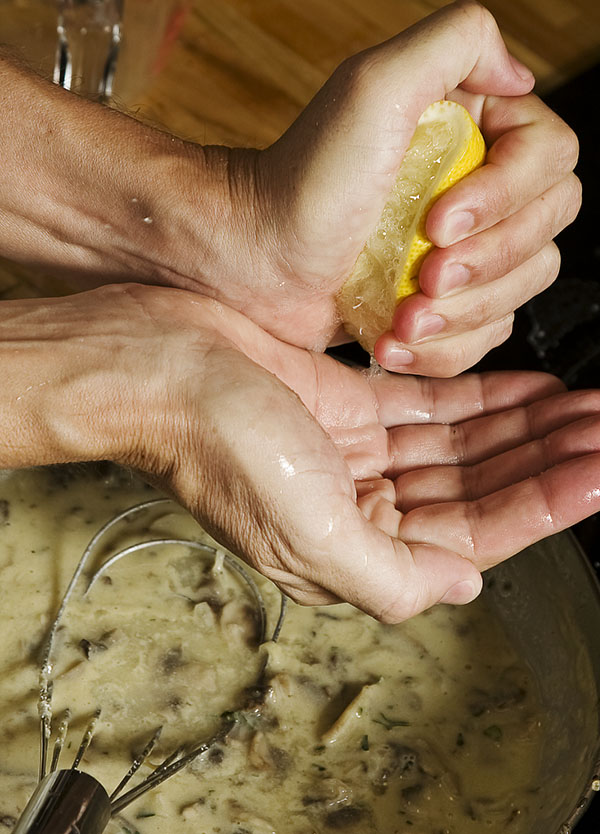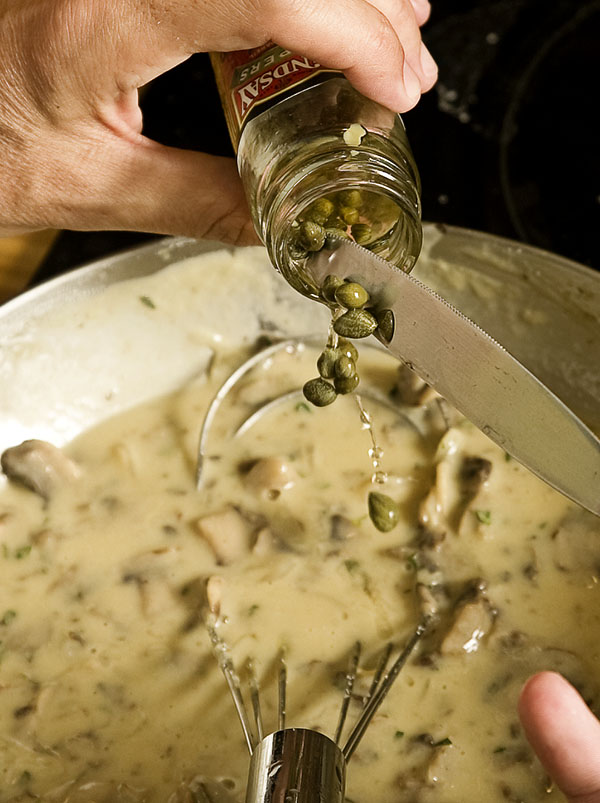Pork Schnitzel with Feta Mashed Potatoes
Christey's birthday was last Monday, and one of her favorite meals is my Dad's pork schnitzel, with mushroom gravy and mashed potatoes.
Dad was born and lived his pre-teen years in Germany, and I don't know where he picked up his schnitzel recipe, but I think you almost have to be German to fully pull this recipe off. I've asked him several times about the mushroom gravy, and he's always been a little cagey about the ingredients and technique. I don't think he's deliberately hiding his sauce from his number one son (who would do that?) -- I'm choosing to believe that a lot of it is instinct and memories, and unless I apprentice to him for a weekend, it just doesn't translate in words or recipes.
I've approximated it myself a few times, however. Christey gets a schnitzel craving every year on her birthday, and Dad used to make it for her. Now that we live on the other coast of Florida, Dad isn't around and I do my best to match Dad's recipe.
As far as culinary aspirations go, I'm all about the "refined". It's not snobbery or anything like that, I just like the challenge and artistry of elevating food -- taking the essence, making it elegant. In practice, of course, Christey and I don't eat butter poached lobster every night. So called "rustic food" is the yin to grande cuisine's yang (if I may mix cultural metaphors).
I like to blend the two, because I think that adds a bit of reality to food that doesn't originate in America. French rustic dishes use techniques that Escoffier (among others) used as a foundation -- roux-based stock sauces, for example, are essentially gravy. The stock may be clarified or strained a little more carefully than a rural kitchen's broth pot, but the techniques of haute were refined from what people all over Europe ate every day.
Like schnitzel. Schnitzel itself is a German/Austrian/Swiss dish made from pounded meat, basically breaded and sauteed. It's so deeply ingrained in Germanic culture that even today (as Wikipedia tells me) there are laws in these countries guiding restaurants what to name the dishes. "Weiner Schnitzel" by law must be veal -- pork is called "Weiner Schnitzel vom Schwein" or "Weiner Schnitzel Art".
I have complicated issues about veal, but Dad always makes the dish with pork tenderloin, so that's what I've tried to reproduce.
I start with a pork tenderloin, and clean it from the silverskin and obvious fat. It's sliced slightly on a bias in about one-inch cuts, then pounded between a sliced plastic baggie.
Schnitzel is breaded, and the standard breading is usually flour, egg, then seasoned bread crumbs, but Dad always skips the bread crumbs and just uses flour and egg. I use a basic flour, then whisked egg, then flour again that has been seasoned with kosher salt and pepper. It's an interesting technique that gives almost a tempura-like crispiness to the pork, instead of relying on the bread crumbs to add texture.
Next, the sauce. I start with a sliced shallot, and a half pound of button mushrooms. I add a little peanut oil into a hot pan and saute the shallots until almost brown, then add the mushrooms just to the point where they release their water.
At this point, I remove the mushrooms and shallots from the pan, add some butter and flour to create a roux, then add some beef stock (chicken stock works well, too). It will reduce a bit, so if you're using canned stock, use low sodium or it will get really salty.
Roux and stock is what the French would call a velouté, but it really is just a gravy. I add some dijon mustard, which Dad always uses. Technically, it adds flavor, but the mustard proteins also do some thickening and smoothing, as well as absorb lingering astringency. Dijon always makes a good sauce.
The mushrooms and shallots are added back in, along with some white wine and a bit of cream.
The sauce can and should simmer gently at this point, but shouldn't boil.
Speaking of boil, I've peeled some potatoes, then cut them into smaller pieces to cook a little more quickly. They went into a pot of salted water and boil away until softened.
While the potatoes boil and the sauce simmers, I saute the pork. I heat up my 12 inch pan over medium high until the pan is really hot. I add some peanut oil to keep a high smoke point, then saute three or four pieces of pork at a time until golden on each side.
Once the pork has been cooked, I put the plates in a 180 degree oven to keep warm. The sauce is pretty much done, so I strip some fresh thyme and put it in for the last five minutes or so to give some nice herbiness.
While the thyme is flavoring the sauce, the potatoes have been drained and added back to the same pot to keep the residual heat (Dad taught me that, too). I mash them up a bit, then add butter, freshly grated Parmigiano-Reggiano, some crumbled Greek sheep's feta, and a couple tablespoons of cream. I don't pretend to make perfect mashed potatoes. I pound them a lot, probably too much, and they may not be as fluffy as some prefer, but they sure do pack some taste.
Once the potatoes are done, some kosher salt and the juice of half a lemon are added to bring out the flavors a bit.
Then capers. Dad always adds capers for some briny green flavor. I personally dislike capers. But, it's Christey's birthday, so in go the capers....
Time to enjoy! A few pieces of schnitzel, some potatoes, and as much mushroom gravy as you like!

